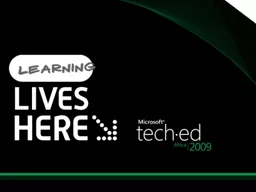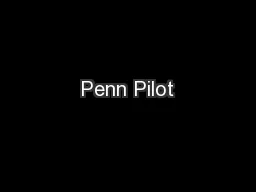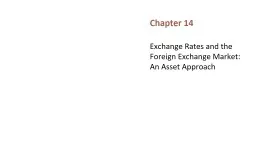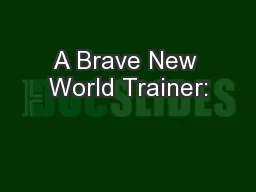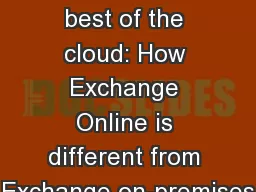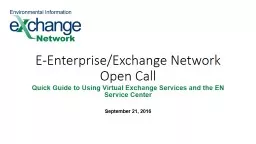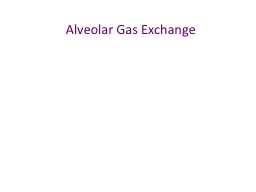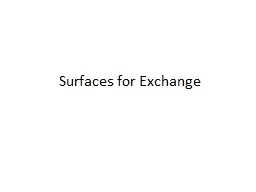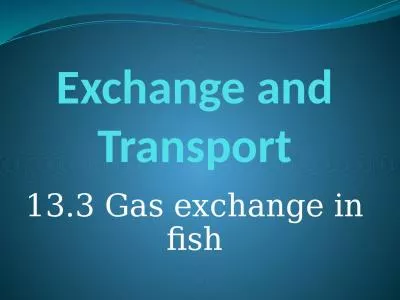PPT-Exchange Migrations don't have to be painfull
Author : lindy-dunigan | Published Date : 2016-02-24
Nicolas Blank Exchange MVP Blankmanblogspaceslivecom Symbiotech UNC313 Michael Hutchinson Quest Product Manager Blue Turtle Technologies Session Objectives And Takeaways
Presentation Embed Code
Download Presentation
Download Presentation The PPT/PDF document "Exchange Migrations don't have to be pai..." is the property of its rightful owner. Permission is granted to download and print the materials on this website for personal, non-commercial use only, and to display it on your personal computer provided you do not modify the materials and that you retain all copyright notices contained in the materials. By downloading content from our website, you accept the terms of this agreement.
Exchange Migrations don't have to be painfull: Transcript
Download Rules Of Document
"Exchange Migrations don't have to be painfull"The content belongs to its owner. You may download and print it for personal use, without modification, and keep all copyright notices. By downloading, you agree to these terms.
Related Documents

